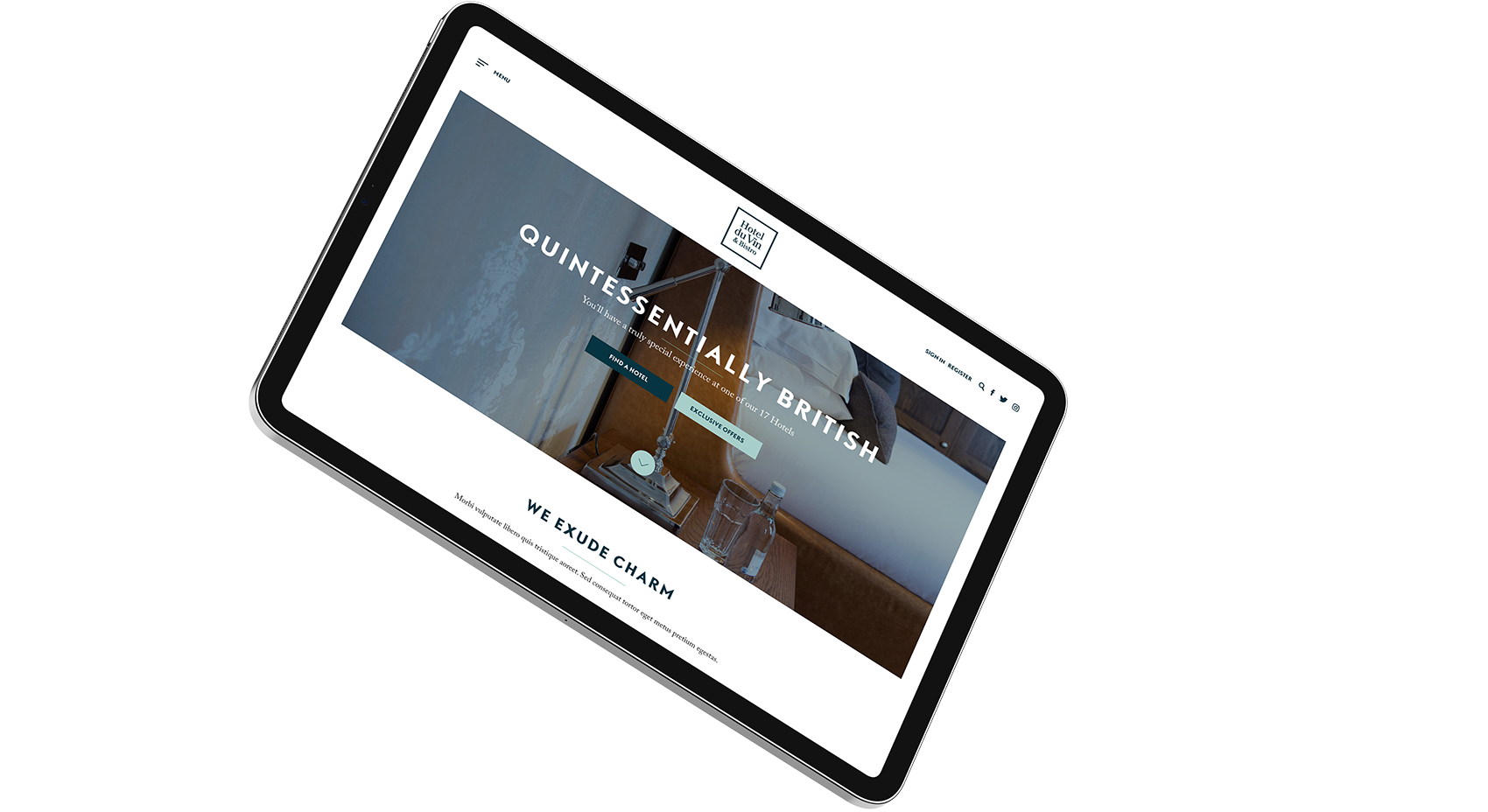A very simple and commonly used example is that of a user who experiences the outdoors from the comfort of his home by using AR software on his mobile phone or wearable tech (e.g. Google Glass, Microsoft HoloLens). Besides the image of the environment, it can display additional elements/graphics such as historical or structural info on buildings or situational information on attractions such as local accommodation and food outlets. Such information is displayed in a visual field, which is in effect projected over the real, enriching the whole experience.

